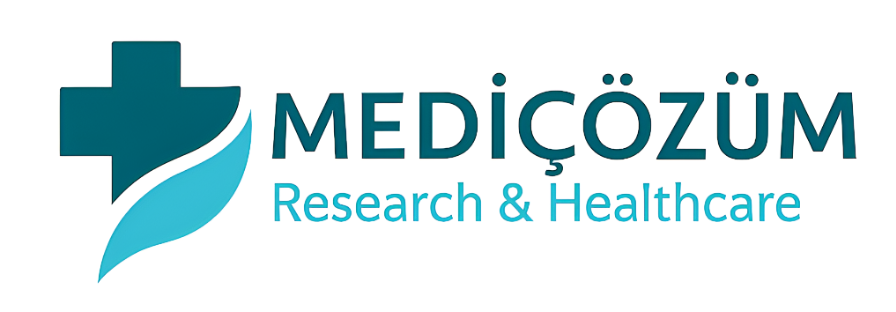Incidence & Antibiotics Prophylaxis of Wound Infection in Postoperative Surgery: A Hospital Based Study
DOI:
https://doi.org/10.21276/psg1ep42Keywords:
Antibiotics, prophylaxis, surgery, postoperativeAbstract
criteria should be for clean cases 2.1%, clean contaminated cases 3.3% contaminated cases 6.4% and dirty cases 7.1% Post-operative wound infection has been the greatest obstacle to advancement of surgery down the centuries. Lister introduced antiseptic methods for safe surgery.
Methods: All the patients were studied form the time of their admission, till their discharge from the wards, and up to second and fourth week of follow up. Details of individual cases were maintained in the proforma. Routine investigation were done pre-operatively in all the patients. In patients below 40 years complete hemogram, urine routine, blood urea, Serum creatinine and blood sugars were done. The details of the surgical procedure, the duration of surgery and any contamination on table were noted. A second dose of antibiotic was repeated at the end of two hours of operation where the surgery exceeds 2 hours
Results: In our study 50 patients were included in this study each of which belong to 10-50 group. 10% belong to 10-20 age group,20% from 21-30 group, 44% from 31-40 age group and 26% belong to 40-60 age group. In our study 44% associated risk factor isolated ,13.6% anemia, DM 45.4% , 9% obesity , bronchitis and 22.7% hypertension. In our study Staphylococcus aureus isolated from two cases and E. coli and P. aeruginosa were isolated from one cases.
Conclusion: :- Our study conclude that, In the clean, clean non-contaminated , and contaminated surgeries, single dose of cefazolin with addition of metronidazole when there should be anaerobic coverage can be widely applied in the routine practice.
Downloads
References
dergoing elective surgical proceduresǁ, Am, J. of Surg, 1987, 153: 343 – 345.
Annie Wong, Beringer et al.,: ―Influence of Timing of Antibiotic Administration of Tissue concentration During Surgeryǁ, The American Journal of Surgery, April 1995: Vol. 169: 379 – 381.
Burke JP. Infection control - a problem for patient safety. N Engl J Med. 2003; 348(7): 651-56.
National Centre for Biotechnology Information (NCBI). NCBI Medline thesaurus, Search term: antibiotic prophylaxis. [cited 10 Feb, 2015]. Available from URL: www.ncbi.nlm.nih.gov/ entrez/query.fcgi?CMD=search&DB=mesh
National Centre for Biotechnology Information (NCBI). NCBI Medline thesaurus, Search terms: antibacterial agent, therapeutic use. [cited 10
Feb, 2015]. Available from URL: www.ncbi.nlm. nih.gov/entrez/query.fcgi?CMD=search&DB=mesh
Hiram .C Polk JR et al.,: ―Pro David H, Culver et al.,: ―Surgical Wound Infection rate by Wound class, Operative Procedure and Patient Risk Indexǁ, The American Journal of Medicine, 1991: Vol. 91 (Suppl): 152 – 158.
Maxima Lizan, Garcia et al.,: ―Risk factors for surgical wound Infection in General surgery A prospective studyǁ. Infection control and Hospital epidemiology, 1997; 18:310-315
Polk, Lopez Major et al.,: ―Post operative wound Infection a prospective study of determinant factor and preventionǁ, Surgery 1969: 66: 97 – 103.
Inge C. Gyssens: ―Preventing Post operative Infectionsǁ, Drugs 1999
Feb: 57 (2): 175 – 185.
Downloads
Published
Issue
Section
License
Copyright (c) 2024 International Archives of BioMedical and Clinical Research

This work is licensed under a Creative Commons Attribution-NonCommercial 4.0 International License.
Authors are required to sign and submit the completed “Copyright transfer Form” upon acceptance of publication of the paper. This is determined by a publishing agreement between the author and International Archives of Biomedical and Clinical Research. These rights might include the right to publish, communicate and distribute online. Author(s) retain the copyright of their work. International Archives of Biomedical and Clinical Research supports the need for authors to share, disseminate and maximize the impact of their research.












